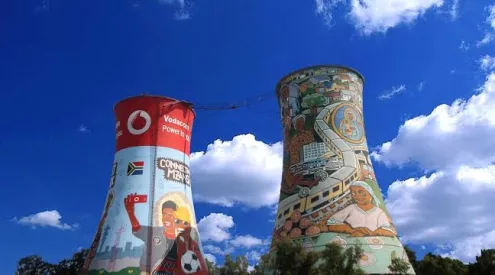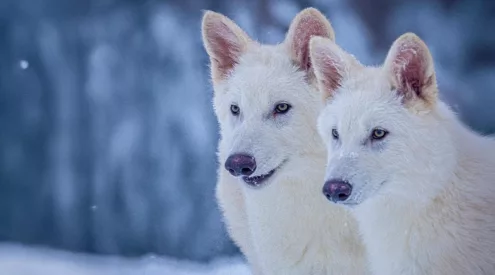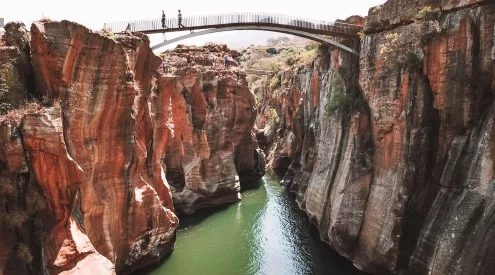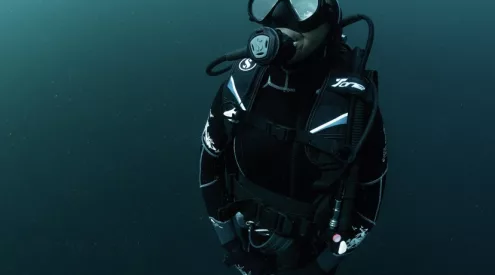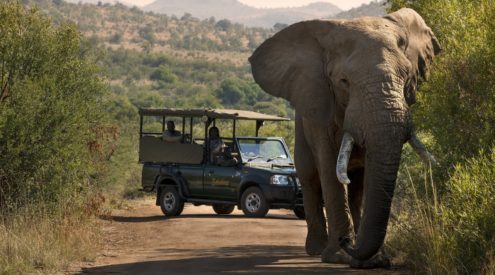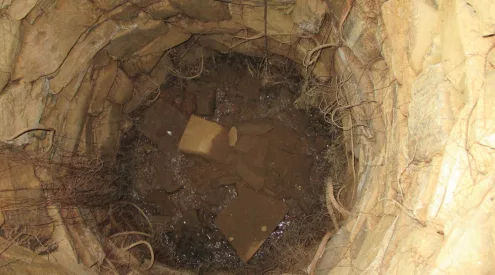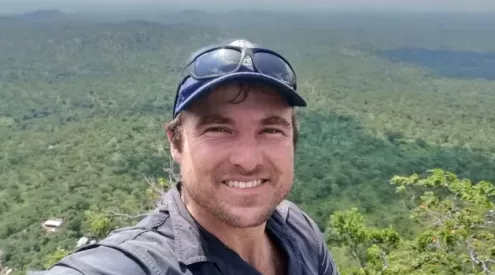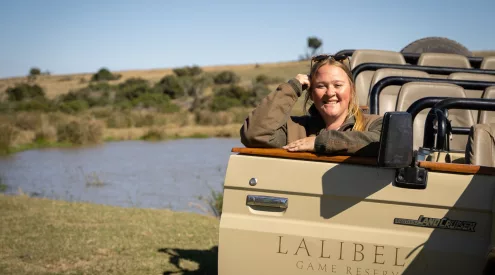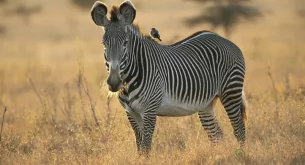Kruger National Park: one of the world’s most famous wildlife and wilderness areas. More than 360kms long and 65kms at its widest, it covers more than 2 million hectares (or 20 000 square kilometres) of bushveld, savannah, koppies, kloofs, woodland, riparian forest and rivers.
Larger than many small countries, it’s a bastion of conservation and one of our country’s most valuable assets, socially, ecologically, commercially and spiritually. It’s also one of the country’s most visited destinations. (Interestingly, the two top destinations in the country are both National Parks – Table Mountain and Kruger!).
The past few days, I’ve been exploring the southern areas of the great Kruger Park. And I feel enormously grateful to be here. I’ve been fortunate on my Year in the Wild journey to have explored some other jewels – I think of the Kgalagadi Transfrontier Park, Mkhambathi Nature Reserve, uKhahlamba Drakensberg, iSimangaliso Wetland Park or even Table Mountain National Park. All these are exceptional in their own right, and I feel privileged to have visited them.
But Kruger is still the one that stands out above them all. Why? Several reasons. Firstly, it’s huge; the sense of space can only be rivaled by the Kgalagadi. Yet whereas Kgalagadi is predominantly semi-arid, Kruger has so many different landscapes and habitats, and they all seem to stretch on and on and on, changing and morphing, always providing something new to marvel at.
Secondly, the number of wild animals is something to behold. Kruger is teeming with wildlife, including the iconic species which grip our imagination: elephant, lion, leopard, hippo, buffalo, wild dog, rhino (white and black) and thousands of others that complement the big species. There are more than 300 tree species, more than 500 bird species, 147 mammal species, 49 fish species, 33 amphibian species and 114 reptile species – not to mention the thousands of insect species, including such wonders as the indefatigable dung beetle.
These animals are living their lives largely free of man’s influence. For sure, there are fences on the western boundaries, and roads, camps, shops and tourist facilities, but for an industrialised and highly-populated country like South Africa, it doesn’t get wilder than Kruger. Almost 50% of the park is designated as “wilderness” – there is nothing man-made within these areas – while the other half is predominantly considered “primitive”, and has very few roads or artificial structures.
Finally, the animals and landscapes of Kruger inspire us. We come to Kruger to remind ourselves of the real reasons we ought to be proud of our country. These wild, beautiful animals are our fellow citizens, and they were here long before we were. They are symbols of our national heritage – they ARE our heritage. We come to Kruger to stop our money-grabbing and market-mongering, to slow down and to connect with what’s truly important: nature, our families and friends and our very own souls.
So as I drove into the south of the park a few days ago at Malelane Gate, and made my way to the pretty camp of Berg-en-Dal, set among granite koppies, I bumped into a herd of twelve white rhino. I’ve never seen so many together. It was a great site, especially considering the rhino poaching that has hit Kruger hard recently.
Kruger’s wild animals are conserved and protected 24 hours a day, and the several hundred rangers and staff have a massively difficult job. It’s worth remembering how much hard work and sacrifice has gone into Kruger – and still does.
In fact, it’s almost a miracle that Kruger ever came into existence. In the 1800s, it was considered absolutely normal to hunt as many animals as you wanted, whenever you wanted, and how you wanted. Those who opposed hunting were considered lunatics, such was the entrenched bloodthirst which prevailed at the time. Most of South Africa’s wildlife had been destroyed, and the lowveld was the last – albeit shaky –stronghold of the wild animal.
When the president of the South African Republic – Paul Kruger, after whom the park is named – initiated discussions in 1884 to declare a game reserve in the lowveld, he was immediately shouted down by parliament. He tried again and again, and eventually the Pongola Game Reserve was declared in 1894, Africa’s first.
Then in 1898, he signed into existence the “Gouvernment Wildtuin”, an area of 4 600 square kilometres between the Sabie and Crocodile Rivers, the beginning of the great game reserve of Kruger. The president needed someone to look after it, and Lieutenant-Colonel James Stevenson-Hamilton was the man he called on.
Quite possibly, Stevenson-Hamilton had one of the toughest jobs ever in our country. He patrolled the tsetse-, bilharzia- and malaria-ridden area on his horse, avoiding lions, dodging elephants, and all the while kicking out hunters, squatters and fugitives.
He had no laws on which to call upon, for there was no such thing as a national parks act, or any environmental laws. Instead, he used his wits, his charm, his stubbornness and his undoubted love of the bush to inveigle, and sometimes bulldoze, the people standing in his way. He alone increased the size of the park almost ten-fold to over 36 000 square kilometres, an astonishing achievement considering the lack of manpower, laws and money at his disposal. He had one goal, and that was the preservation of South Africa’s wildlife.
His staff eventually named him siKhukhuza, or “he who scrapes clear”, in recognition of his single-minded dedication to his job.
So I said thanks to Mr Skukuza as I drove around the south of Kruger, photographing its animals and beautiful scenery. I have already seen all of the famous animals in the last three days – elephant, buffalo, white rhino, lion, cheetah, hippo, crocodile, fish eagle and for the first time ever in Kruger, I saw a leopard. The young adult male was playing in a dry river bed, enjoying the late afternoon sunshine not ten metres from our car. I couldn’t believe my luck! There are few animals more photogenic than a leopard. I whooped with excitement and took way too many photos.
A big thanks to Stephanie and Christine Roberts who were staying at Berg-en-Dal, and who kept me company for the day. If it wasn’t for their sighting of the leopard the previous day, we wouldn’t have known there was a leopard in the area. And thanks to Stephanie who insisted we go back there!
(This blog is dedicated to Christine’s fiancé Brian who is in hospital. May he soon be back in Kruger among the wild animals. Get well quickly Brian.)
“We’ve got three million years of Africa imprinted on our psyche…to see how people are gripped by the spirit of Africa, particularly at night when they sleep on the red earth, that very ancient earth, and they dream their dreams. There is a connection that is evoked from the depths of the collective unconsciousness that has drawn us all together. And also when they hear the leopard at night. That rasping call. It sparks something inside…It is an experience that has awakened thousands of people to the value of African wilderness, and the understanding that it was once their home. And it inspires them to protect it, because it is the landscape of the human soul.” – Dr Ian Player, Address to Eighth World Wilderness Congress.
For a range of accomodation options (from budget to luxury) in Kruger National Park and surrouds, go to Getaway Accommodation.
For more on my Year in the Wild, go to www.yearinthewild.com and www.facebook.com/yearinthewild. Thanks again to my sponsors for making it all possible. CapeNature, South African National Parks, Ezemvelo KZN Wildlife, Eastern Cape Parks, iSimangaliso Wetland Park, Ford, Total, Evosat, Conqueror Trailers, Vodacom, Digicape, Lacie, Frontrunner, Safari Centre Cape Town, K-Way, EeziAwn, National Luna, Nokia , Garmin, Goodyear, Global Fleet Sales, Hetzner, Clearstream Consulting, Escape Gear and Trailcam Adventures.

